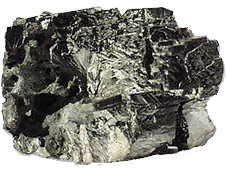
Drinking water limits: 0,002 mg/l (i.e. 2 µg/l)
- Without color, taste or odor
- With long-term exposure may lead to cancer
Removing beryllium from water
- Principle: reverse osmosis, ion exchange, adsorption
Beryllium is relatively rare in water. It may come from a specific bedrock or human activity. The source is ash from fossil fuels or metallurgical and electronics industries. Long-term intake of higher beryllium concentrations in water increases the risk of cancer.
Reverse osmosis, ion exchange, or coagulation may be used to reduce beryllium concentration. In addition to beryllium, these methods remove many other pollutants.
